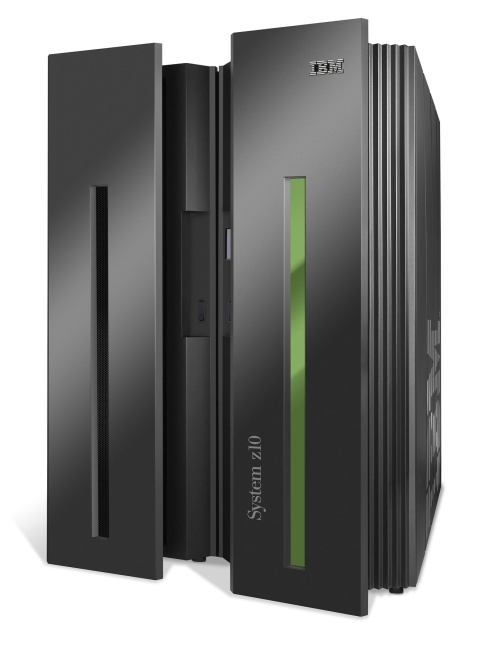By Niv Lilien for Tel Aviv Tech
Across many industries, legacy hardware - including mainframes - is still common. Whether it's financial services, insurance, aviation, or car rental businesses, a lot of 'old economy' companies are
using relics from an earlier era of computing. AS/400s, Unix-based systems, and similar hardware are still up and running in businesses across the world. They often underpin mission critical functions, and execute millions of transactions in seconds - and are all broadly brought together under the term 'legacy computing'.
Getting those computational dinosaurs to work with modern environments like cloud and mobile can be a serious headache for the IT department.
OpenLegacy, a Tel Aviv-based startup, is targeting this market with an open source product intended to bridge the gap between legacy systems and modern web-based environments, as well as ERP, CRM, and even Internet of Things systems. The company was formed by a team with a background in integrating legacy and modern systems. Romi Stein, OpenLegacy's CEO and co-founder, has 15 years under his belt at IBM, while Roi Mor, OpenLegacy's CTO and co-founder, has spent a similar amount of time spearheading complex modernization projects in various environments.
OpenLegacy's product is a Java based API, which creates an ORM layer that maps the legacy resources and assigns a Java object to each one, be it an application, a screen, or a database. Interfacing with legacy devices is being done either by RPC, SQL, or Telnet, while OpenLegacy uses its own connectors, adding new ones as needed.
To that structure, OpenLegacy adds object-oriented target accelerators for web, mobile, or another server or API. As a byproduct, OpenLegacy's "magic box" also creates an elementary UI and front end, allowing for full web experience. Being an open source company, OpenLegacy is offering its basic product for free. "It's for noob developers as well", says Stein. "It's almost drag and drop."
OpenLegacy also provides a high level of analysis automation. "We can take source code, a line of recorded screens or a whole interface - which makes a lot of an integrator's work obsolete," said Mor.
OpenLegacy also offers automatic testing capabilities. "A lot of these legacy modernization projects
failed because you changed something in the backend, and forgot to change it in the frontend - so you start getting crashed and exceptions. We offer automatic testing, with no need for manual testing - if something is wrong, you get a flag," says Stein.
Stein takes pride in the fact that OpenLegacy isn't your regular startup. OpenLegacy, despite being only a 20 employee company, already has a variety of projects running, with the Israeli Airport Authority, two local insurance companies Migdal and Shomra, and Delek Motors - the Israeli importer of BMW, Ford, and Mazda vehicles.
According to Stein, for one customer, the company managed to create an interface that cut down the response time from three seconds per inquiry to 300 milliseconds in less than a week, following a previous attempt that took the customer six months.
In a similar manner, OpenLegacy built a basic web interface for a credit card company's mainframe systems, displaying consumer transactions for the corporate website in 48 hours. It also took Delek Motors' 120 AS/400 screens and business processes to full integration with Microsoft's Dynamics CRM in three months.
Other than gaining momentum in the SMB sector for its relatively low cost and rapid deployment time, OpenLegacy's plan is to expand its integrators chain, and add more layers of integration to legacy computing.
OpenLegacy's ambition is to be the middleware gate through which all legacy interaction will be handled. "Legacy computing isn't equipped to handle directly the enormous stress coming from web services," Ze'ev Avidan, OpenLegacy's VP of product management, said.
OpenLegacy is aiming to tackle three of those stresses: first, security, concerning queries with understanding of specific services; and second, in workload terms, by filtering only the relevant queries that the legacy computer can handle - for example, location services polling ten times a minute.
The third one is management-related. As situations get more complex, when you discover an exploit or a problematic piece of data, if it's concerted in one place, you can easily fix it on site.
OpenLegacy's Mor sums up the company's current state with a reference to his time at IBM. "In days past, the AS/400 guys used to see companies like us as a threat. Today they take us everywhere they go."








